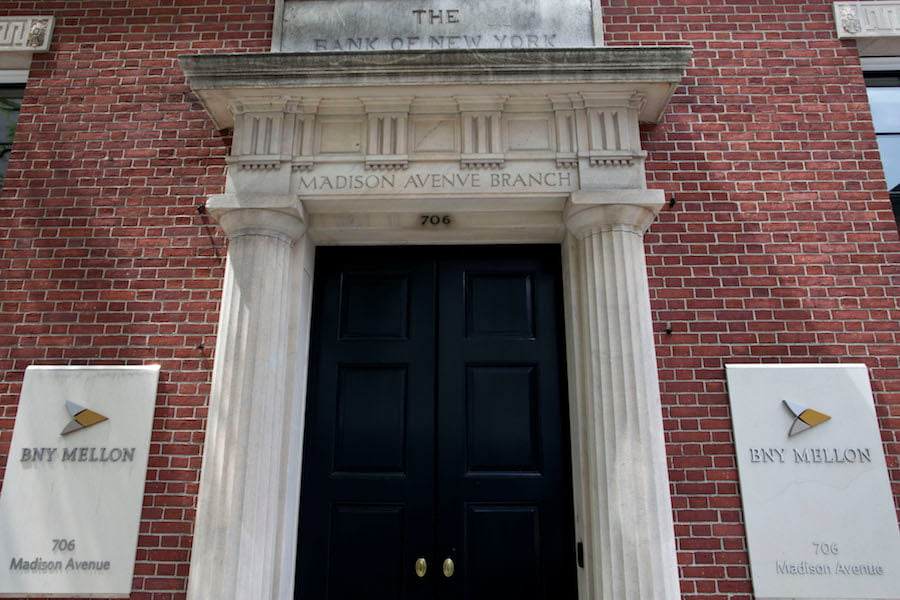

The rush to zero costs in the competitive ETF industry is showing no signs of abating, with BNY Mellon escalating that perilous war.
The company is launching the BNY Mellon Core Bond ETF (BKAG), the first ever no-fee U.S. fixed-income fund, according to a statement Thursday. Another fund that tracks big American companies will also have no cost: the BNY Mellon US Large Cap Core Equity ETF (BKLC).
A wave of cost-cutting has swept the ETF industry in the past year. But BNY Mellon’s debut marks the first big entrant into the zero-cost space with the potential to shake up established funds from BlackRock Inc., State Street Corp. and Vanguard Group, according to Bloomberg Intelligence.
“We have a very unique set of capabilities and efficiencies that allow us to price very competitively,” said Stephanie Pierce, chief executive of ETF and index for BNY Mellon Investment Management. “With the increasing concern about concentration risk in the industry, we believe we can give clients an institutional quality choice.”
Abolishing fees generates publicity, something that could mean the difference between survival and liquidation in a marketplace with more than 2,000 options. More than 70% of U.S. ETF assets are in funds that charge $2 or less per $1,000 invested, and 93% of new money this year has flowed into such products, according to data compiled by Bloomberg.

Relationships are key to our business but advisors are often slow to engage in specific activities designed to foster them.

Whichever path you go down, act now while you're still in control.

Pro-bitcoin professionals, however, say the cryptocurrency has ushered in change.

“LPL has evolved significantly over the last decade and still wants to scale up,” says one industry executive.

Survey findings from the Nationwide Retirement Institute offers pearls of planning wisdom from 60- to 65-year-olds, as well as insights into concerns.
Streamline your outreach with Aidentified's AI-driven solutions
This season’s market volatility: Positioning for rate relief, income growth and the AI rebound
